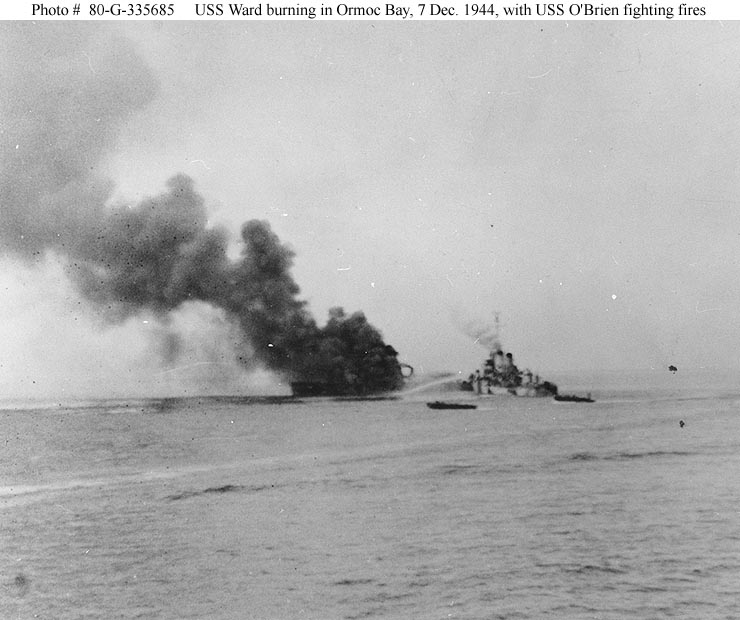
First Shot: The Untold Story of the Japanese Minisubs That Attacked Pearl Harbor
By John Craddock
Hardcover in dustjacket, 210 pages, bibliography, notes, photographs, and index
Published by McGraw-Hill, October 2005
Language: English
ISBN-10: 0-07-143716-9
ISBN-13: 978-0-07-143716-5
Dimensions: 6.2 x 1.1 x 9.2 inches
The use of the five Japanese minisubs during the attack on Pearl Harbor has always been controversial. Many Japanese naval officers opposed the idea, fearing the submarines would contribute little and risked alerting the Americans to the impending attack. On the American side, the submarines represented missed opportunities to warn of the attack (just as many Japanese officers feared), and the penetration of the harbor revealed inadequacies of the defenses. In the aftermath, the Japanese were convinced the minisubs had torpedoed American warships. The American Navy insisted they had done no damage, a position which was maintained for decades.
In First Shot John Craddock documents what was known about the attack and the fates of the minisubs in 2005. The midget submarine (I-20-tou) sunk by USS Ward’s gunfire had been located, but not positively identified. I-16-tou had not been located although she was suspected to have torpedoed the USS West Virginia (BB-48) and USS Oklahoma (BB-37) by some. He also briefly describes the midget submarine raids against Sydney Harbor and Diego Suarez, the latter arguably their most successful operation. Operations in the Solomons are briefly mentioned. There is some interesting information on ENS Kazuo Sakamaki, who commanded I-24-tou and became PoW Number One.
However, for a good part of the book Craddock is exploring peripheral subjects. Admiral Isoroku Yamamoto’s early career is described in detail, and there is an entire chapter on his assassination. There is a chapter on Coral Sea and Midway, as well as the use of the Kaiten manned torpedoes during the last year of the war. Another chapter discusses Japan after the war. All interesting and well written, but not the topic of the book.
There are also some missed opportunities which are not mentioned. For instance, Ward had a busy morning on 07DEC41, and reported depth charging a total of four submarine contacts off the entrance to Pearl Harbor – and at least three of the minisubs were known to have been damaged by depth charges outside the harbor. Tracing her movements could have filled a chapter, and she was not the only destroyer prosecuting submarine contacts in the area at the time. Midget submarine operations in the Solomons and the Aleutians would also be interesting, and would give some insights into the evolution of doctrine and employment of these vessels as the war progressed.
While this book is worth reading, it is limited by what was known at the time. The author “gets out into the weeds” with topics outside of the book’s scope, and doesn’t fully explore topics which are related. This work is a start, but there is a comprehensive book still waiting to be written on the saga of the fifty Ko-hyoteki midget submarines used by the Imperial Japanese Navy in the Pacific War.
































